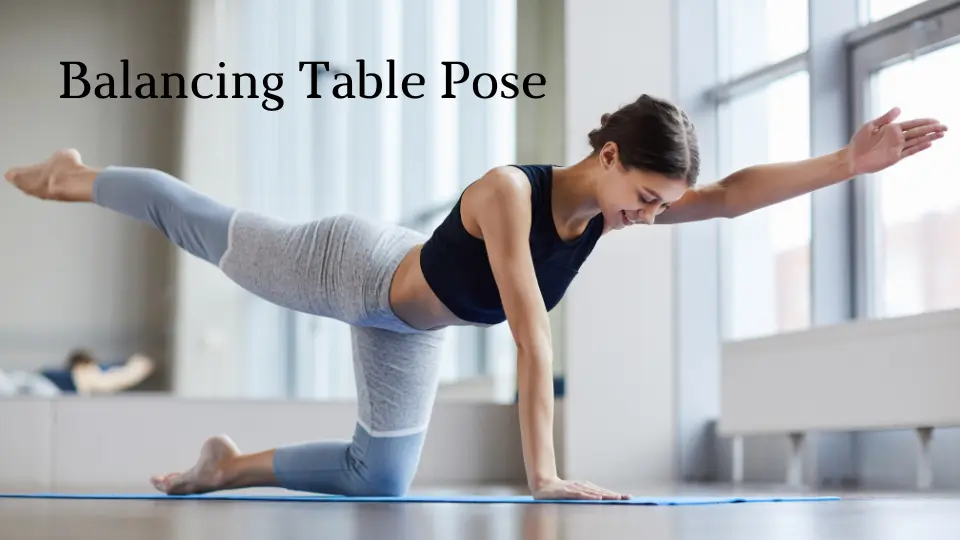Regular yoga practitioners would need to make a few minor adjustments to their practice throughout the months of pregnancy when the body is experiencing hormonal changes. The goal of prenatal yoga is to assist the mother in having a healthy pregnancy and a smooth delivery of the unborn child. Pregnancy’s three trimesters have different positions and workouts for each one. Yoga is important, but so is practicing it in a safe atmosphere and with qualified guidance.
Before starting the activities, a pregnant woman must evaluate her medical history. If you’re new to yoga and haven’t been on any other kind of regimen, you shouldn’t jump right in without first getting approval from your doctor. Due to the importance of the first three months and the high risk of miscarriage, extreme caution is required during this time.
Let’s go to the “asanas” that are most advised for would-be mothers while keeping all clauses and health advice in mind. The yoga positions listed below concentrate on enhancing the womb space for the healthy development of the foetus by strengthening the pelvic muscles. According to Namasteyog, “The benefits of asanas are many. Regular activity releases a lot of ‘endorphins,’ or happy hormones, which keep a mother upbeat and positive without hindering or irregular mood swings coming in.
Join our Live online yoga classes if you’re new to yoga and want to learn how to do asanas properly. Here is a list of the top exercises that Namasteyog Instructors advises expecting mothers to try.
1. Cat/Cow Pose
You should alternate between these two poses if you have back pain. This simple series of motions extends the spine and lets your tummy hang, which might help you decompress. It can also assist in repositioning the infant for ideal delivery. If “back labour” occurs when you are giving birth, these poses will be helpful. To get the most out of these positions, breathe in and let your abdominal expand when you perform the cow stretch, then exhale and let your abdomen compress when you do the cat pose.

2. Balancing Table Pose
Stretch your right leg back behind you while on all fours, reach your left arm forward, hold for three to five breaths, and then switch. This pose is beneficial for strengthening the abdominal muscles that will be crucial during labour because it requires core stability to stay balanced. If you consistently practise, you might also have alleviation from round ligament pain.

3. Dog Yoga Pose (Adho Mukha Svanasana)
With this pose, you can stretch out your entire body. It can help you tone your stomach, arms, and legs. Additionally, it can make your shoulder muscles stronger. It’s a forward-bending yoga stance that with time can benefit your health.

4. Bound Angle Pose
While in baddha konasana, also known as bound angle position, focus on maintaining proper posture and deep breathing. You can even massage your own calves and feet to increase circulation and lessen the strain from carrying extra weight.

5. Trikonasana (Utthita Trikonasana)
One of the fundamental yoga stances is this one. One of the best yoga poses for weight loss is trikonasana. Your shoulders and hip muscles will benefit greatly from the stretching in this yoga pose. Additionally, it can aid in releasing the body’s stored stress. It’s a good idea for novices to try this yoga stance.

6. Side corpse pose (Parsva Savasana)
After performing Savasana, Parsva Savasana (Side Corpse Pose), a calming yoga posture, is performed by reclining on the side of your body (Corpse Pose). This posture is very helpful since it has the advantages of a relaxing pose at the end of a yoga sequence, which should always be promoted.

7. Standing side stretch
Stand in the classic mountain pose (Tadasana) with your arms at your sides, your big toes touching each other and your heels slightly spread apart. Raise your arms and interlace your fingers over your head with your index fingers pointing upwards.
Draw an invisible arch with your arms, extending them to your side as far as you can while pushing your hip in the opposite direction. Make sure you keep your arms straight.

The Bottom Line
Yoga can be a helpful addition to your pregnancy self-care routine. Pay attention to your body’s signals and how it is making you feel, particularly in your back, abdomen, and pelvis. When you need a break, take one, and don’t push yourself above your boundaries.
Before beginning prenatal yoga, see your medical team, especially if you have a high-risk pregnancy, your baby is breech, you are expecting twins, you are new to exercise, you take medication, or you have medical issues.
If you would like to start your yoga journey with us, chat with us for live online yoga sessions.

